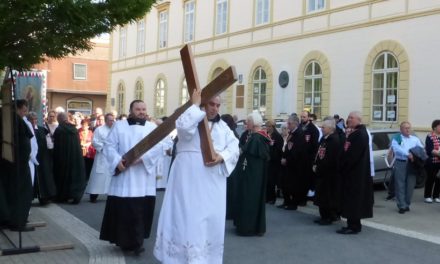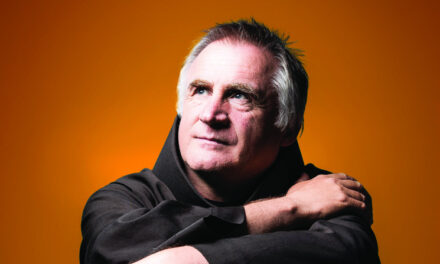The Blessed Virgin - whom the Hungarian language calls Szentségé - is the greatest among the saints, because she was given the grace of becoming the mother of the incarnate Word.
While the saints draw the graces necessary for their condition from the fullness of the Lord Christ, the Blessed Virgin received from the same source all the graces that a creature can receive at all: she, "full of grace" and/or "full of malt."
Virgin motherhood was always part of God's redemptive plan, and when the fullness of time arrived, something happened that had never happened before or since in the order of nature: the virgin became a mother and her son was born: Jesus, the Redeemer.
January 1 is a complex holiday, also known as Little Christmas Day. We are thinking about several things today. From a liturgical point of view, this holiday is primarily a celebration of the Motherhood of the Virgin Mary. After all, Christians have revered the Blessed Virgin Mary as the mother of God since ancient times. This is particularly emphasized during the Christmas period. The Blessed Virgin is celebrated with gratitude, since through her the world received its savior.
In the past, the first of January was also referred to as the naming holiday of Jesus. After all, according to the testimony of the Scriptures, eight days after the birth of Jesus, on this very day, according to the law of Moses, the child was circumcised and the name Jesus was given to him.
In the teaching of the Roman Catholic Church, there are four dogmas about the Mother of God:
1. Mary Theotokos , say the Greeks, Mater Dei, say the Latins, Mother of God, let's say in Hungarian the dogma formulated by the Council of Ephesus in 431. Everything we believe and preach about Mary is rooted in this mystery.
2. Mary conceived and gave birth to her Holy Son as a virgin, her virginity remained forever. The Apostles' Creed already says: "Birth of the Virgin Mary".
3. Mary was immaculately conceived , i.e. the original sin did not affect her. This dogma was proclaimed in 1854 by IX. Pope Pius. The feast of the Immaculate Conception of Mary is December 8.
4. After his death, Mary was taken up to heaven , without his body seeing any deterioration. In 1950, XII announced its dogma. Pope Pius. His feast day is Our Lady's Day, August 15.
Thus, in this sense, the Church does not speak of any other saint. Along with all this, Mary, the Blessed Virgin , is a real person with a history, destiny, biography, and life. His life, which is wholly of God, is for him and is in him.
the first of January has also been the World Day of Peace. On this day, all over the world, how much the world needs peace is emphasized. Saint II wanted to draw the world's attention to this important fact. Pope János Pál too, when he ordered this memorial day.
On the first of January, we also celebrate the beginning of the civil year. When we "wish each other a God-blessed, peaceful and happy New Year", we mean that God should be present in us and among us personally, and that we should live in peace with ourselves, with each other and with the whole world.
Source: Kornélia Berényi/Felvidék.ma)
(Header image: Raffaello Sanzio: Sistine Madonna (1513-1514) Image: montage, source: Wikipedia)












